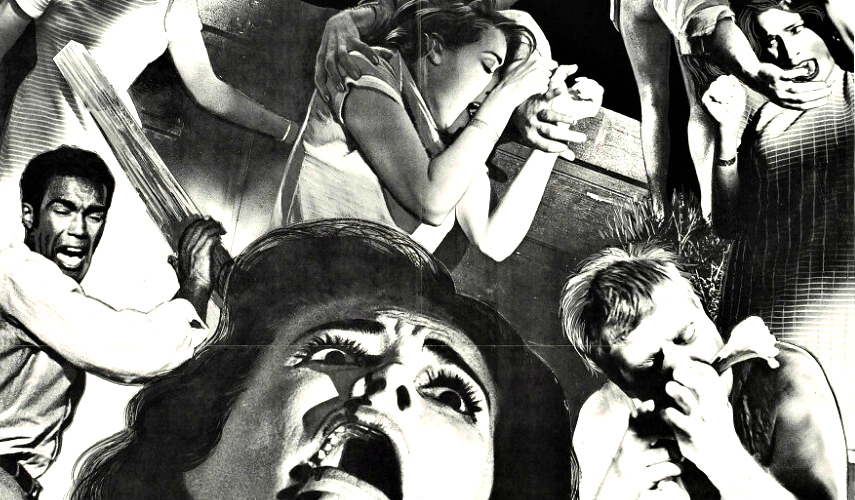Invasion of the Horror Trashers
“It’s alive!”
“Here’s Johnny!”
“I ate his liver with some fava beans and a nice Chianti, thlfthlfthlfthlfthlf.”
Horror has spread itself to every aspect of culture, from quotes, to sound queues, to iconic figures. For instance, more people are likely to connect by ear the Michael Myer’s theme to Halloween than Piano Sonata No.14 to Beethoven.
One of the first films made was a horror film by Georges Méliès called “Le Manoir du Diable.”
Yet with all this cultural influence horror seems to be held in lower regard than other movies. There is a common dismissal of horror as a genre by claiming it is all “cheap jump scares” or “it’s all unrealistic.” These attempts to dismiss the genre give no regard to the achievements and innovations horror had brought in filmmaking, nor do they give regard to the genuine quality of horror films that have been released since the genre’s inception. Unfortunately, The genre is still seen as a cheap way to get some thrills at a Saturday night hangout.
However, this characterization is unearned. For instance, it would be disingenuous to characterize all action movies as dumb violence and explosions. This characterization can easily be defeated with examples including “Saving Private Ryan,” “The Raid” and “Raiders of the Lost Ark,” which all demonstrate exemplary techniques along with storytelling elements. Ultimately, this is to show that you cannot simply dismiss an entire genre due to some tropes that exist in some of its films. If this is true, then why are people comfortable with applying this unquestioned logic to horror? The answer to this question is simple; film institutions. Film institutions are ultimately the ones that guide the direction of the general public’s perception of films.
Horror films and the genre as a whole are given undue disrespect in the form of mislabelling, the creation of new categories of horror and simple disregard.
The mislabelling of horror is a common practice in the film industry. When horror movies break out they are given improper labeling in order to acknowledge the films merits itself but not the artistic merit of horror and to make the film more marketable by labeling it a “psychological thriller” or “suspense,” or even in the case of “Get Out,” a “comedy.”
The shifting of words used by the film institution hasn’t stopped at mislabelling. Internet film institutions such as IMDB have even taken to creating new categories of horror in order to recognize the undeniable success of new horror movies. This new category is labeled “smart horror.” However, the invention of the term “smart horror” is a move by the film industry to finally accept the artistic merit of horror while ultimately creating a sense of inferiority toward the genre by implying that horror by default is dumb and lacking artistic merit.
The final reason why horror films deserve more respect is simply that there are amazing horror movies that are simply ignored. The quality demonstrated by movies such as “Rosemary’s Baby” and “Psycho” demonstrates that horror is just as capable as any other genre of film at producing cinema classics. However, before “Get Out” the last horror film to receive an Oscar was “Black Swan.” And yet critically acclaimed horror movies such as “The Witch,” “It Follows,” “Sinister” and “The Babadook” show that there is no shortage of quality horror films, simply a shortage of due respect and recognition. Ultimately, in order to spark this change within the film institutions, general moviegoers must give recognition to the genre as well. So before you decide to cast the genre off as cheap thrills and poor filmmaking, consider the rich history that horror has not only within itself but within the history of film as a whole.

Vince Orozco is THE Managing Editor for “The Tiger Print.” Vince’s skills include rapping and writing long essays that nobody reads. In school, he...




